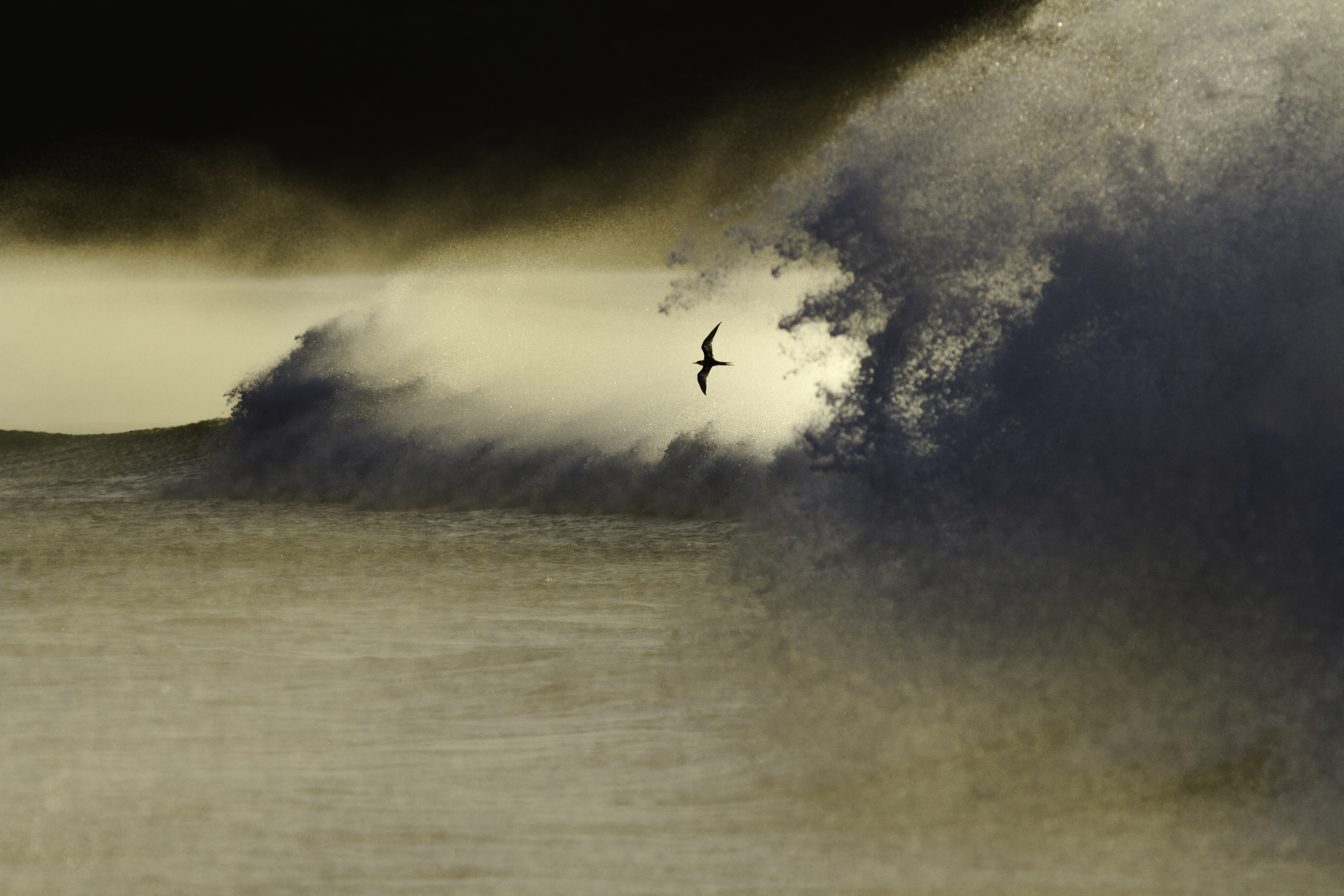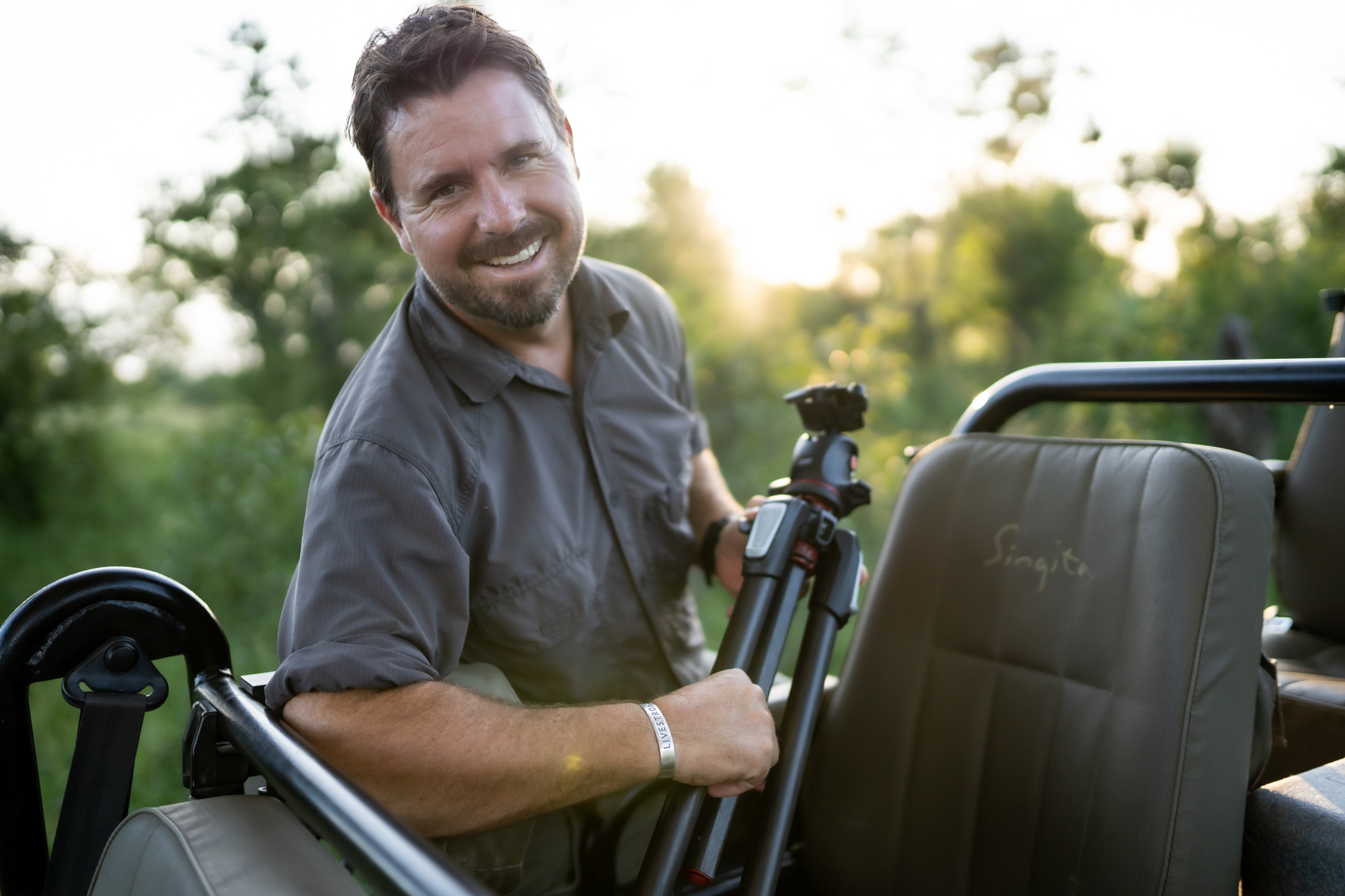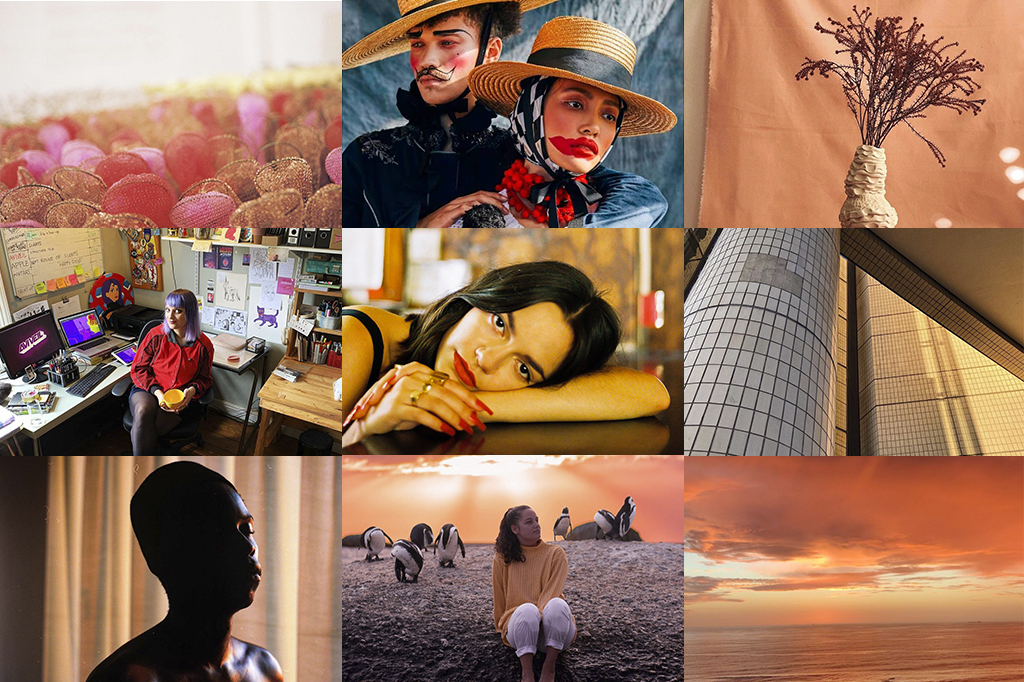The South African Photographer of the Year 2022 is the first photographic competition solely dedicated to sharing the beauty of South African wildlife and nature. Open to amateurs and professionals, the competition attracted thousands of entries from photographers worldwide. Proudly sponsored by Orms and Canon, the 2022 South African Photographer of the Year competition winner is Ruben Jenkins-Bate. Ruben wins a 6-night all-inclusive package, including 2 x overnight hide sessions at Zimanga Private Game Reserve, Kwazulu Natal, a Canon R7 mirrorless camera and an RF 100-400mm lens, to the value of R137 000.
Please tell us a little about yourself.
My name is Ruben Jenkins-Bate. I am an amateur nature photographer, with my images centred on the sea, involving above-water wildlife, a little landscape, and underwater photography. I have lived in Cape Town all my life and enjoy nothing more than exploring the Peninsula with my camera in hand.
When and where did your photographic journey begin?
My dad is an ornithologist, so growing up, I spent a lot of time accompanying him and my mom in the field. I got to see some interesting parts of South Africa and Cape Town and spent a lot of time looking at birds, which I didn’t appreciate much at the time, but I think it was formative of a love of wild areas in the long run. My dad is a photographer, so I would occasionally have a crack at birds with his camera, and I eventually got my own point-and-shoot when I was about 9. However, it was only more recently that I started taking photography seriously. I shot 35mm film for a time, enjoying the tactile feel of older bodies and lenses, the simplicity of black and white images, and the need for a slow and considered approach when taking photos. For my subjects, film didn’t make much sense, so I switched over to digital with a Canon 7D and 400mm f/5.6L handed over from my dad in 2018. Since then, I’ve worked at learning as much as I can about photography, from understanding my gear to developing my editing approach in Lightroom and, most importantly, identifying the places and animals I like to spend time with.
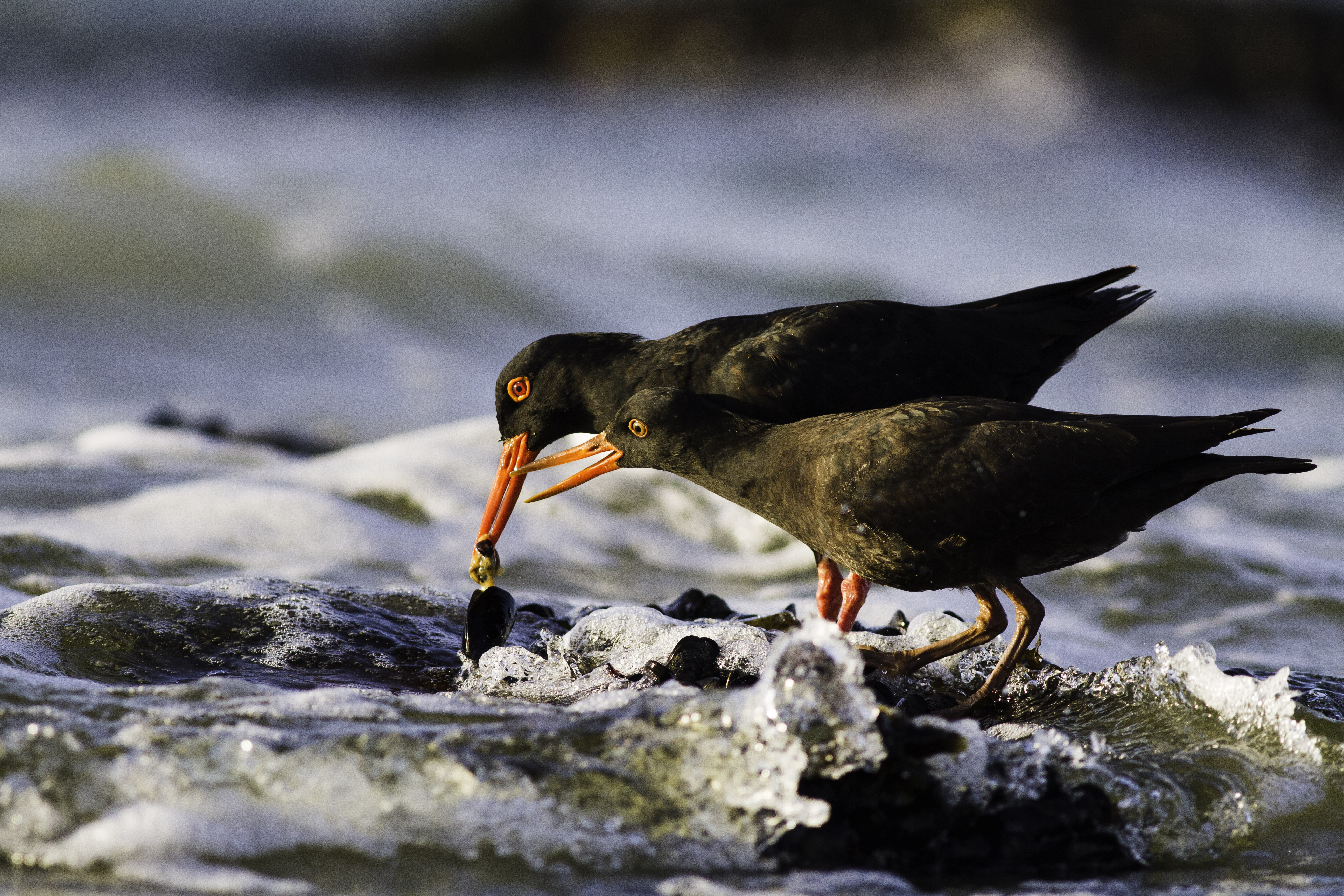
What is it about photography that you love so much?
The most valuable aspect of photography to me is that it gives me the excuse to slow down. I can spend hours exploring a place, whether a beach or a part of the kelp forest, finding new animals or landforms I might never have noticed had I not been looking for an interesting composition. I think investing time is the only way to really start to understand wild places and the animals that live there, and these experiences ultimately inform what I photograph. It’s like a circle that builds on itself with every visit.
What motivated you to enter the South African Photographer of The Year competition?
I was interested to see how my images compared to others taken in South Africa. I hoped to get some objective feedback from the panel of accomplished judges overseeing the South African Photographer of the Year competition. I appreciated the wide range of photographic disciplines the competition represented, and I really enjoyed seeing the diverse, and often overlooked animals that featured in the shortlisted images.

How does it feel now that you’ve won the South African Photographer of The Year competition?
I’m hugely proud of my image! It has given me more confidence in my photos, and it feels like a meaningful step toward working professionally in photography.
Tell us a little about your winning shot.
The image was one of many I took in a project that is now in its fourth year. It involved spending most summer evenings in all kinds of conditions on the beach, gradually figuring out how I wanted to photograph the terns (common terns are migratory seabirds from northern Europe that arrive for our Cape Summer and depart for the north as it ends). While I couldn’t follow them out to sea or along their migration paths, I was able to experience their comings and goings from a beach roost. I tried many different backgrounds and lighting situations, but once I watched the birds returning through a big swell pounding the beach just before sunset, what I was after became very clear! I find the lives of these birds fascinating: travelling thousands of kilometres yearly, fishing far from shore, and braving the conditions of the sea; a life of endless journeys. It’s truly awe-inspiring. I hope my image can provide some small sense of what that life might look like.
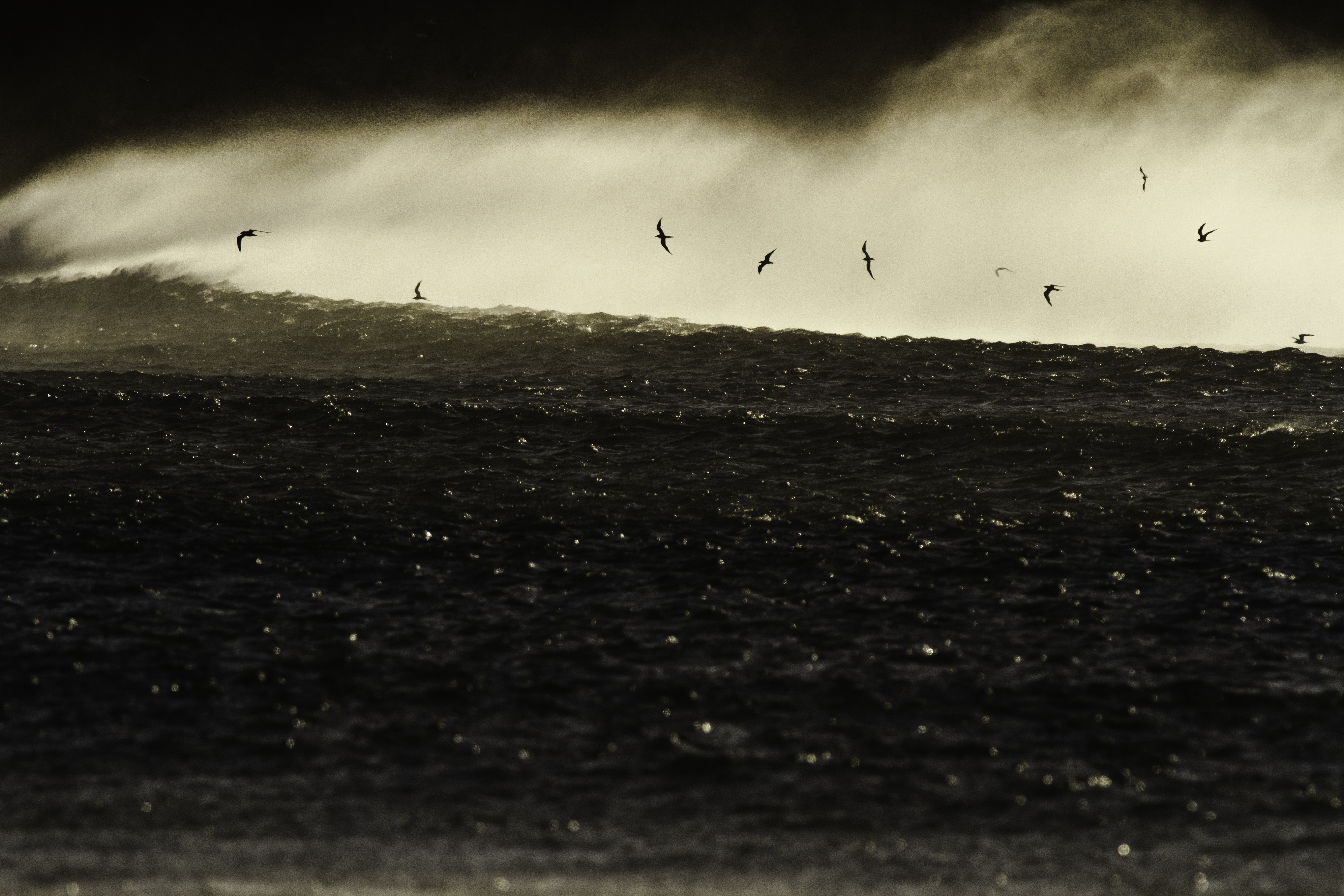
Much of your photographic work focuses on sea and birdlife; what about this subject matter do you enjoy photographing?
The ocean is home for me. I can disappear from myself and connect with a simple, clean existence that doesn’t feature in the human-centric world. It is a place of ancient textures, sounds, and elements. I find this deeply peaceful and comforting. My photography is centred on the sea and its inhabitants and exploring the relationship between them. Seabirds are, of course, prominent in this, and their inherent elegance, power, and strong character draw me to them. However, my underwater photography is oriented toward a landscape style, as I photograph intimate scenes in the kelp forest.
Tell us about one of your most challenging shooting experiences. What were you shooting, and why was it difficult?
I can think of a few tricky instances due to technical aspects. However, photographing a pair of African oystercatchers and their chick in a busy corner of Noordhoek beach was the most challenging. The birds were calm and engaging subjects, not fazed by photographers. The issue was that the area is popular with dog-walkers, many of whom showed no interest in putting in a little effort to protect the local birds despite walking past signs highlighting breeding habits for the concerned species and having the situation explained to them directly. The oystercatcher family was disturbed constantly, with the flightless chick chased out onto exposed rocks by dogs on multiple occasions. Although the chick managed to make it, in years since, several chicks have disappeared, with dogs or, more correctly, their owners quite likely responsible. This was extremely distressing for me, and I can’t imagine how hard it must have been for the birds.

Which camera and lens kit did you use to shoot your winning image?
I made the image with a Canon 7D Mark I and a Canon 400mm f/5.6L lens. This gear has seen a lot and has taken most of my photos to date, and it’s dearly loved, of course!

